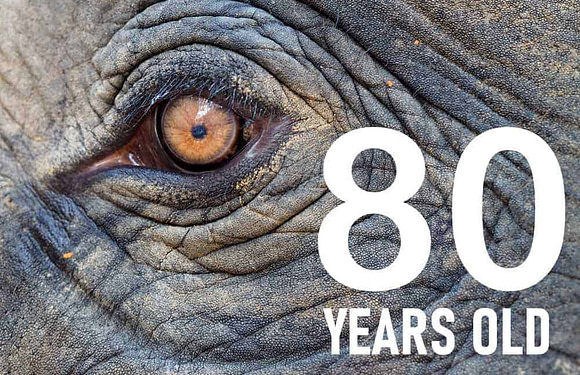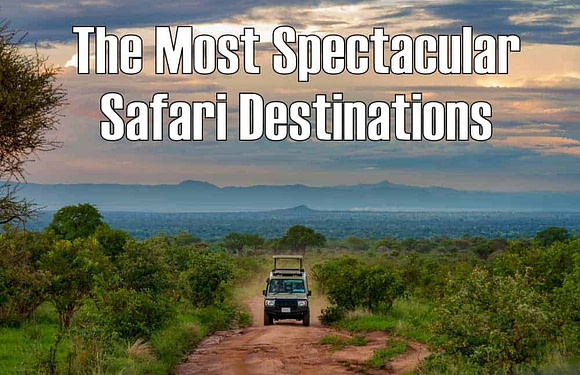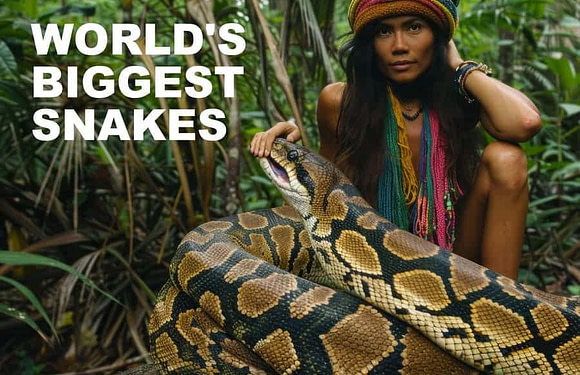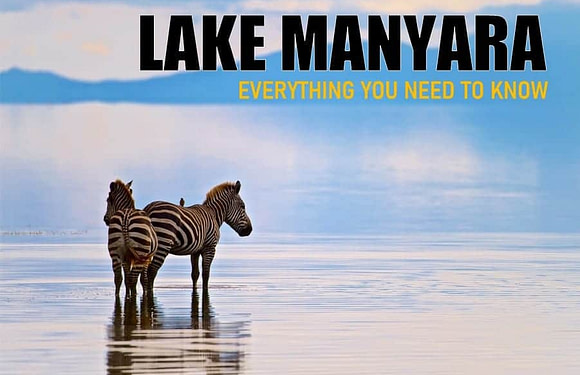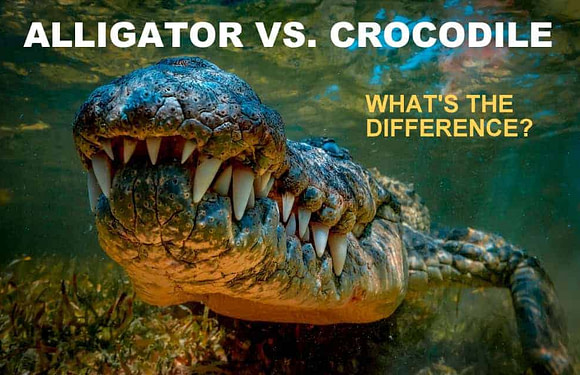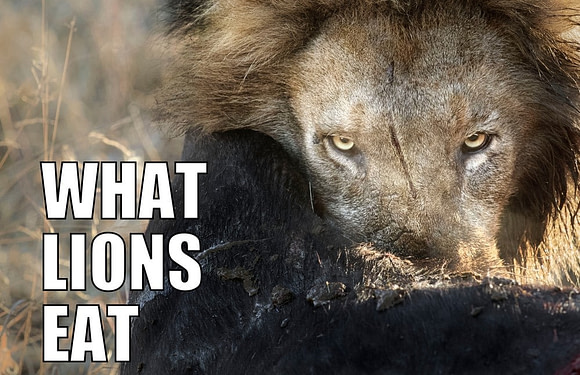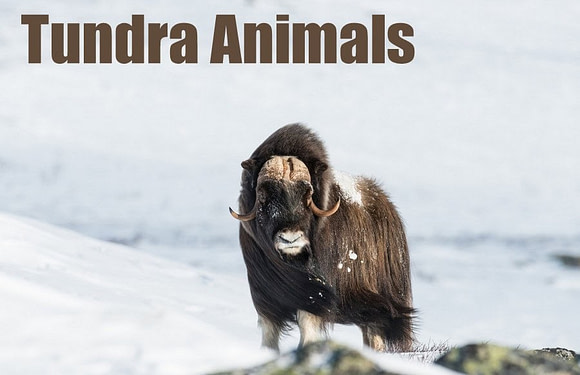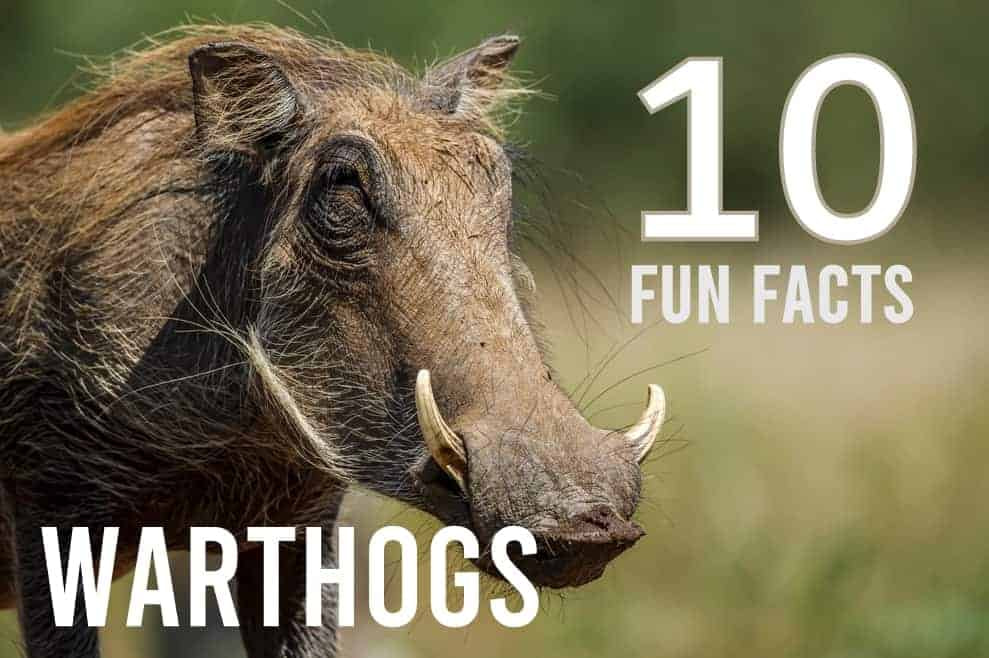
Warthogs are terrestrial mammals that belong to the pig family. These medium-sized animals have stocky bodies, large heads, and upward-curving tusks. They are found throughout Tanzania, primarily in savannas, grasslands, and woodland habitats.
1. Warthogs Are Not Wild Boars
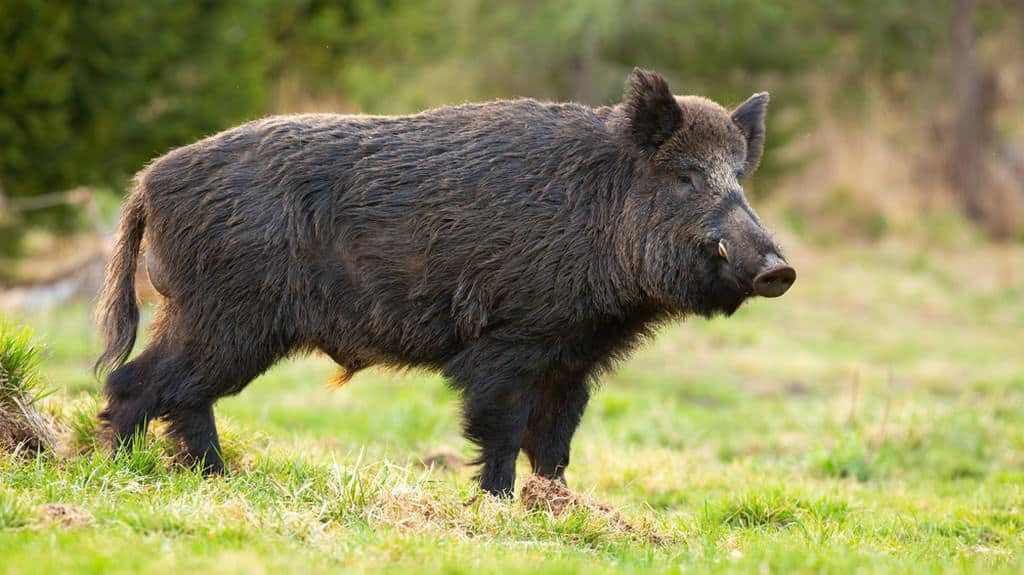
Despite sharing a common ancestry, warthogs and wild boars are two distinct species. Wild boars are larger, with a thick, bristly coat that can vary in colour from dark grey to brown or black. Their tusks tend to be straighter and less pronounced than those of their African counterparts. They also live in more diverse ecosystems including forests, agricultural lands, and around human settlements across Europe and Asia.
2. There Are Two African Warthogs
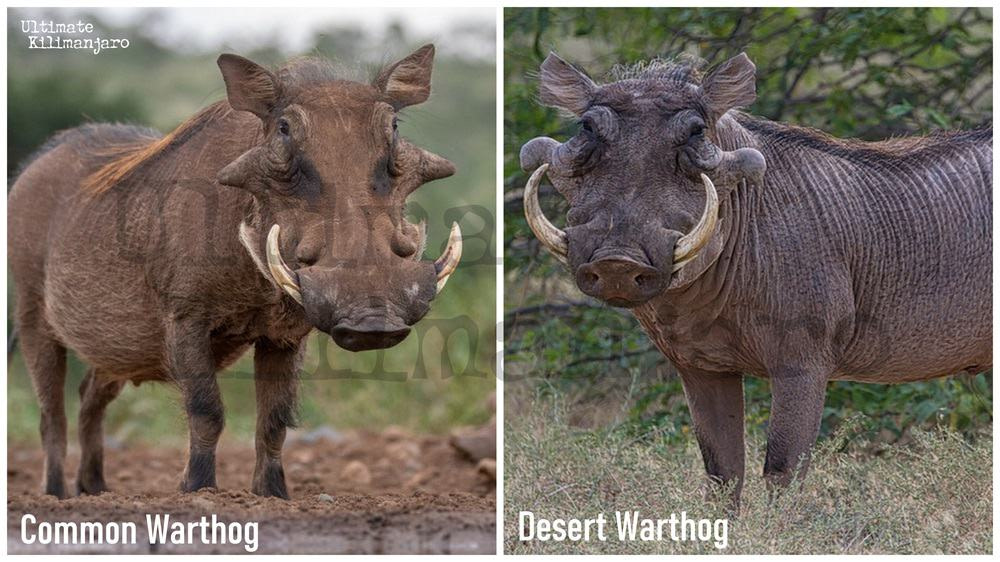
Tanzania is home to the common warthog (Phacochoerus africanus) and the desert warthog (Phacochoerus aethiopicus). The primary differences between these two species lie in their adaptations to their respective environments. The common warthog has a broad distribution across varied African landscapes, adapted to both lush and dry habitats. In contrast, the desert warthog’s exists only in arid regions.
3. Warthog Tusks Are Teeth
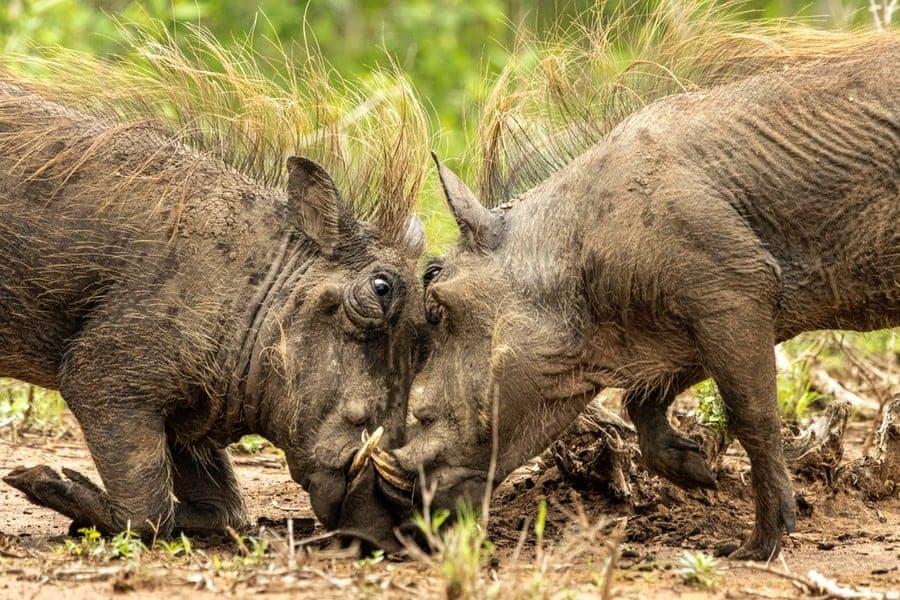
Perhaps the most distinctive feature of warthogs is their tusks. These structures are actually elongated upper and lower canine teeth that continue to grow throughout the animal’s life. The upper pair, which are more prominent, can reach lengths of up to 25 inches (64 centimetres). The lower set, though smaller, are sharper. Both tusks are used to digging for roots and tubers and for defense against predators and rivals.
4. They’re Opportunistic Omnivirous Feeders
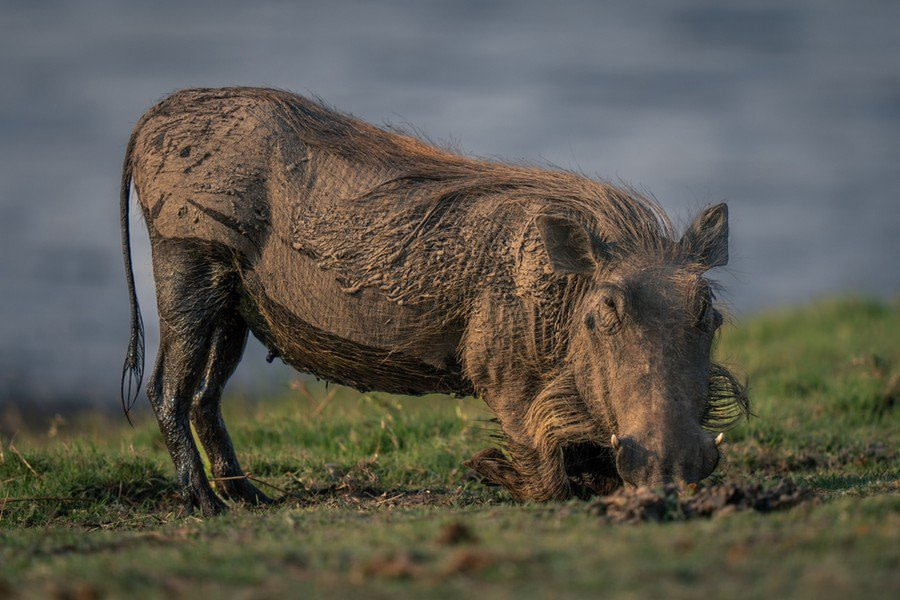
Warthogs, primarily known as grazers, have a diet that maximizes the resources available within their environments. Their diet is comprised primarily of grasses, which constitute the bulk of their intake during the wet season. In the dry season, warthogs shift their focus to roots, bulbs, and tubers, which they forage by kneeling and digging. Finally, warthogs are opportunistic feeders and will consume animal matter when the chance arises. This includes feasting on carrion, insects, and small mammals.
5. They Don’t Really Have Warts
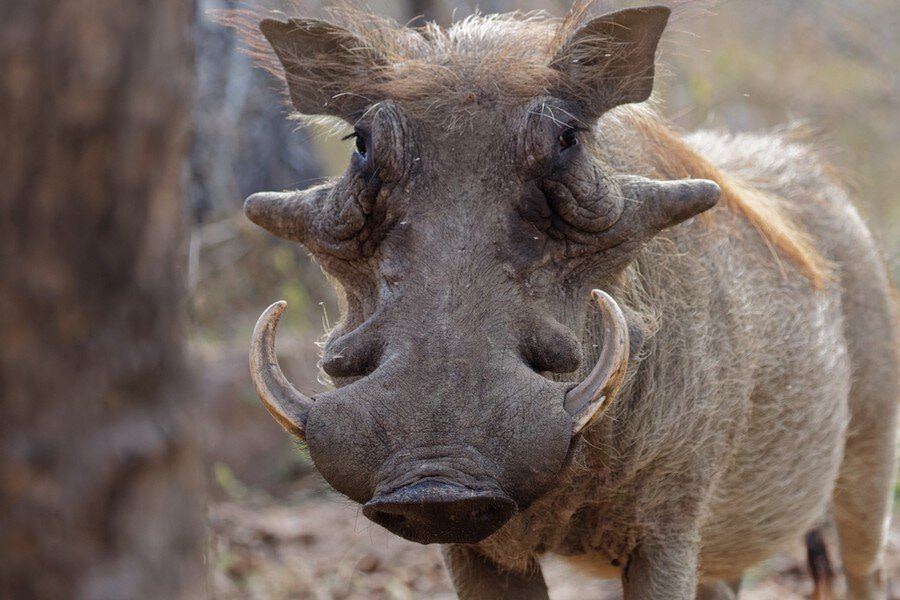
The facial ‘warts’ that give warthogs their name are not worts at all, but thick skin growths. The so-called warts are not uniform in appearance or distribution. They found on the face, particularly around the eyes, are believed to serve as protection during conflicts with other males or predators. The facial warts, in combination with the warthog’s tough skin, can help deflect bites or scratches.
6. Warthogs Have A Strange Defense Mechanism
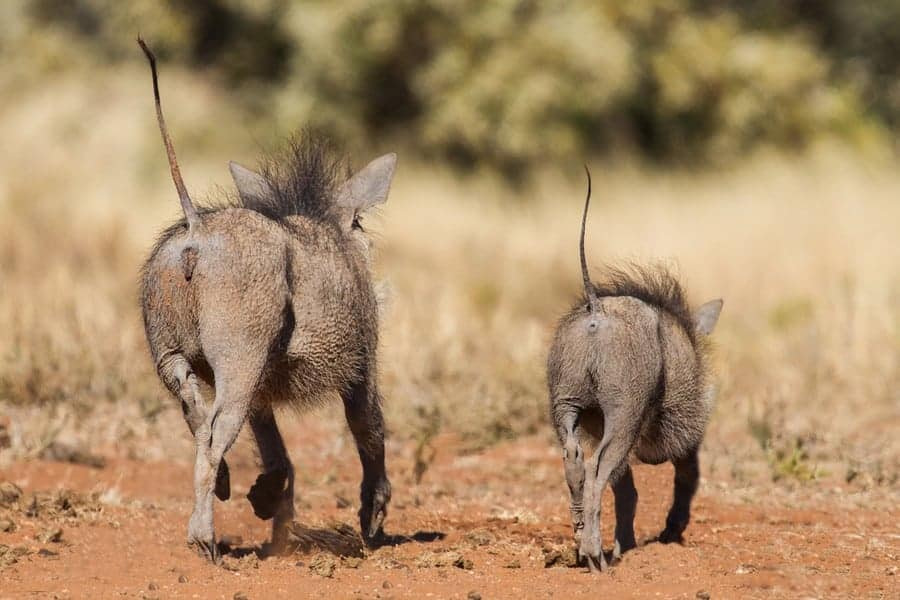
During flight from predators, warthogs exhibit a peculiar behaviour: they run with their tails standing straight up in the air. Biologists believe that the tail acts as a visual guide to keep family groups together during high-speed escapes through dense vegetation (they can sprint at speeds of up to 34 mph, or 55 km/hr). Additionally, their erect tails may confuse or distract predators.
7. They Utilize Abandoned Burrows
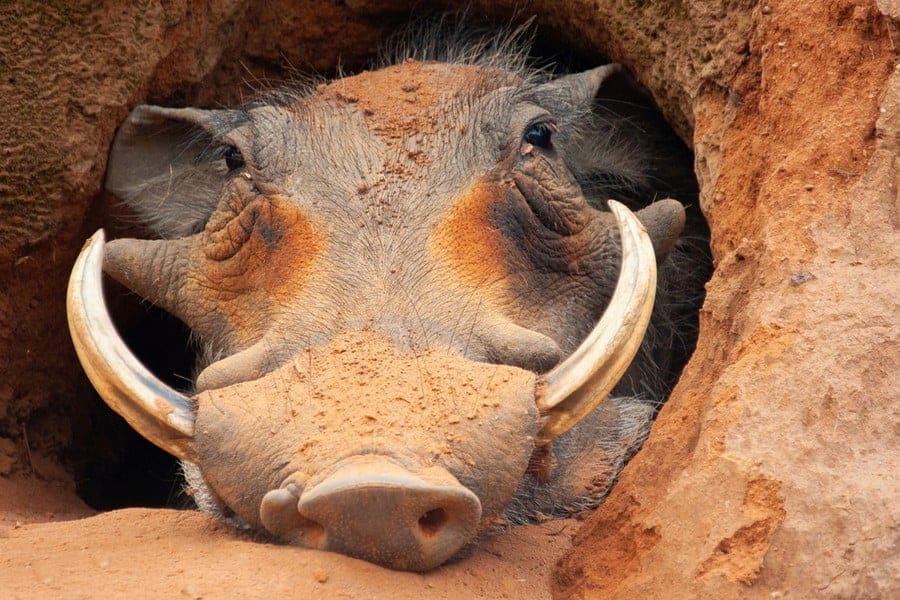
Unlike many mammals that excavate their own dens, warthogs occupy burrows abandoned by other animals, particularly aardvarks. The primary function of these burrows is to provide shelter from the weather and more critically, to offer a safe refuge from predators such as lions, leopards, and hyenas. Interestingly, when entering a burrow, warthogs back in, allowing them to fend off potential intruders.
8. Warthogs Like to Get Muddy
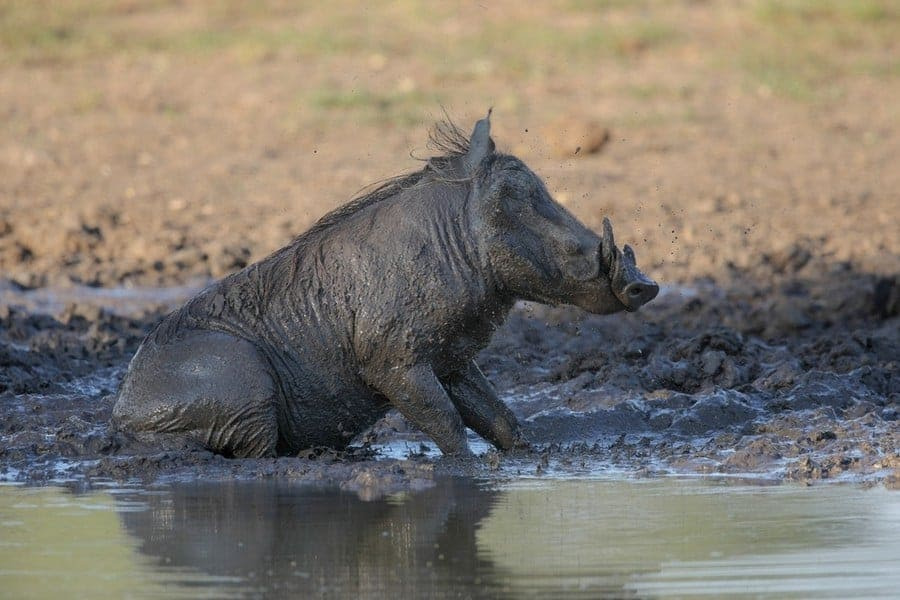
Warthogs often will roll in the mud, an activity that serves multiple functions. The first is for thermoregulation. The African savanna can reach sweltering temperatures, and the thick mud acts as a natural coolant. As the mud dries, it forms a layer over the skin, reflecting the sun’s rays and providing sustained relief. The mud also acts as a barrier against the sun, providing a natural sunscreen (warthog skin can sunburn). Lastly, mud aids in parasite control. When it dries and flakes off, it takes with it ticks, fleas, and other parasites that may have latched onto the warthog’s skin.
9. A Warthog Family is a Sounder
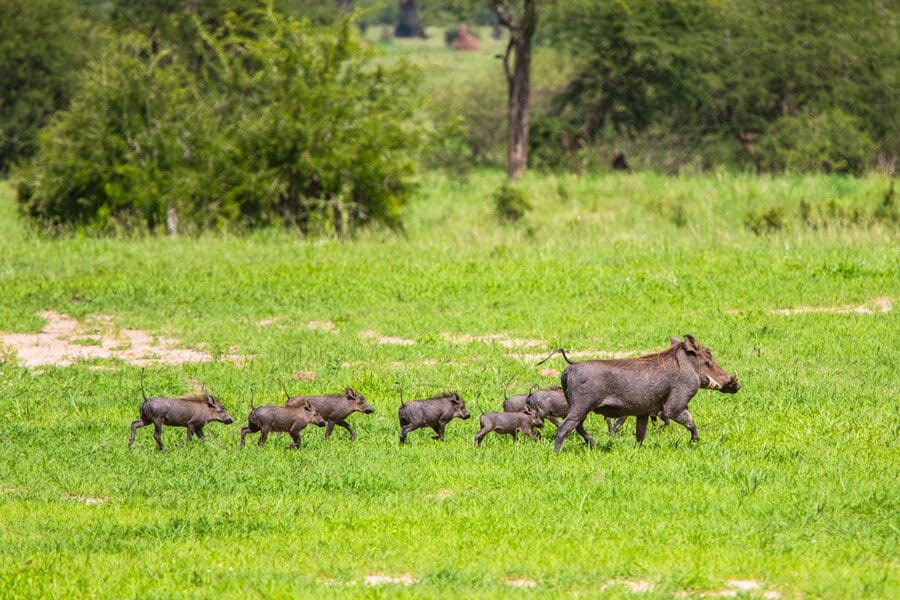
Warthogs are known for their social and familial bonds. They often form groups, known as sounders, which are typically composed of females and their young. These family units can merge, which provide enhanced security and social interaction. Sounders are predominantly matriarchal, with the eldest and most experienced sow often taking the leadership role. Male warthogs (boars) exhibit a more solitary lifestyle. They either roam alone or form bachelor groups with other males. However, during the mating season, males become satellite members of sounders, vying for the attention of receptive females.
10. They Have a Bunch of Babies
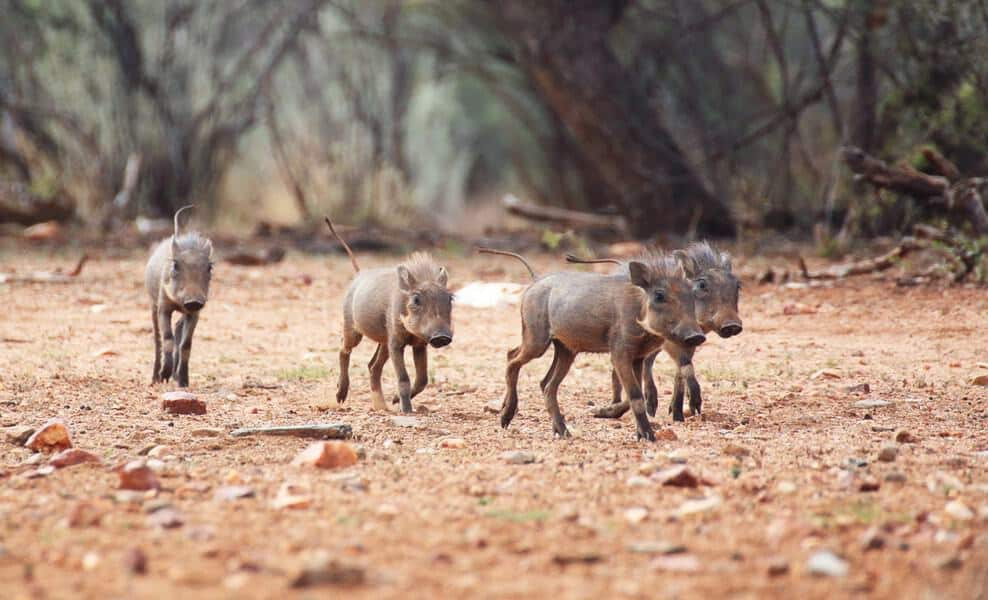
Warthog litters can vary in size, typically ranging from two to six piglets, although instances of up to eight have been recorded. These babies are born relatively well-developed compared to other ungulates, with their eyes open and already capable of mobility. Such early development enables them to follow their mother out of the burrow to feed and learn essential survival skills from a young age. Sows will often nurse and protect piglets from other family units within the sounder.
Warthog Quick Facts
- Scientific Name: Phacochoerus africanus
- Common Name: Common Warthog
- Size: Approximately 3 to 4.9 feet in length
- Weight: 110 to 330 pounds
- Lifespan: Up to 15 years in the wild
- Diet: Omnivore (grasses, roots, fruits, and occasionally small animals)
- Habitat: African savannas, grasslands, and woodlands
- Conservation Status: Least Concern



















































